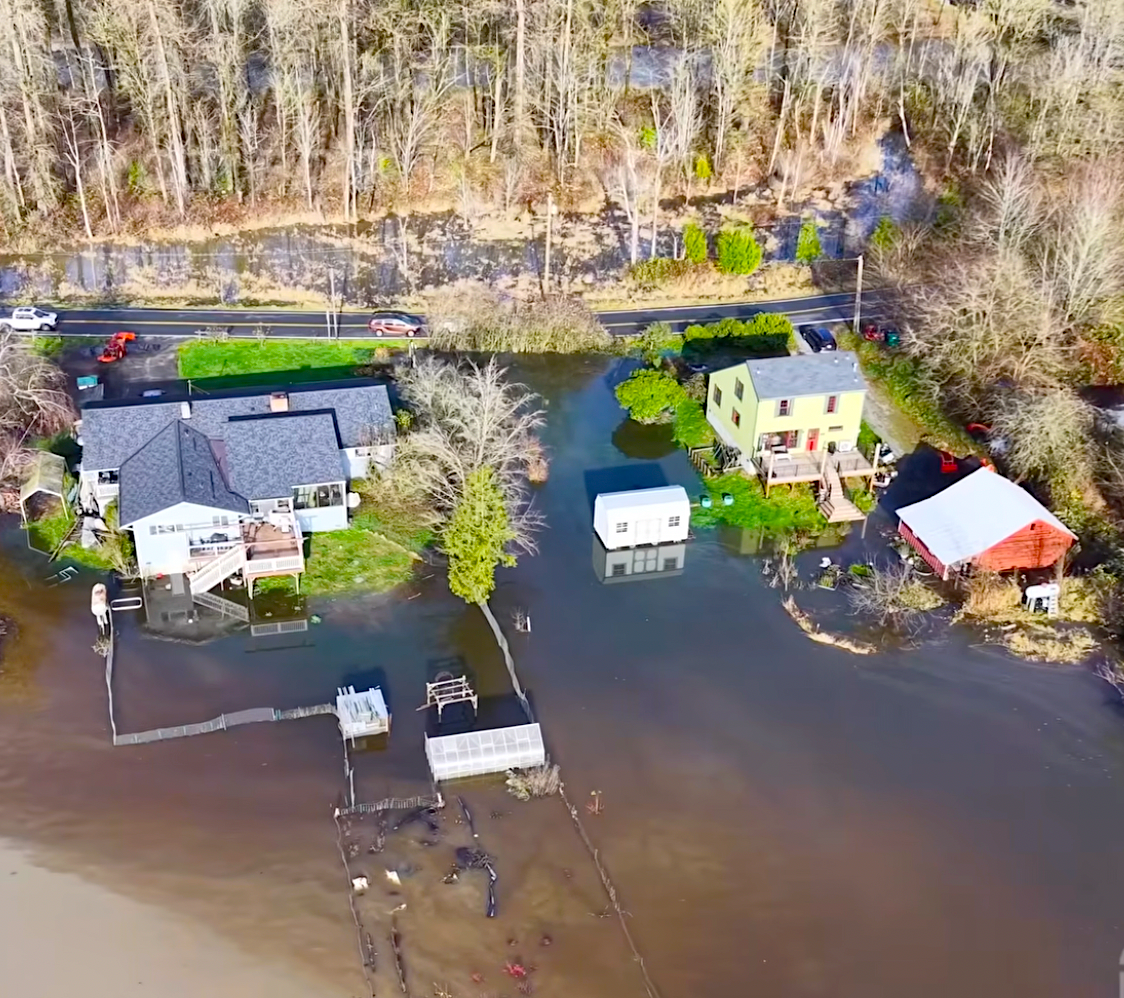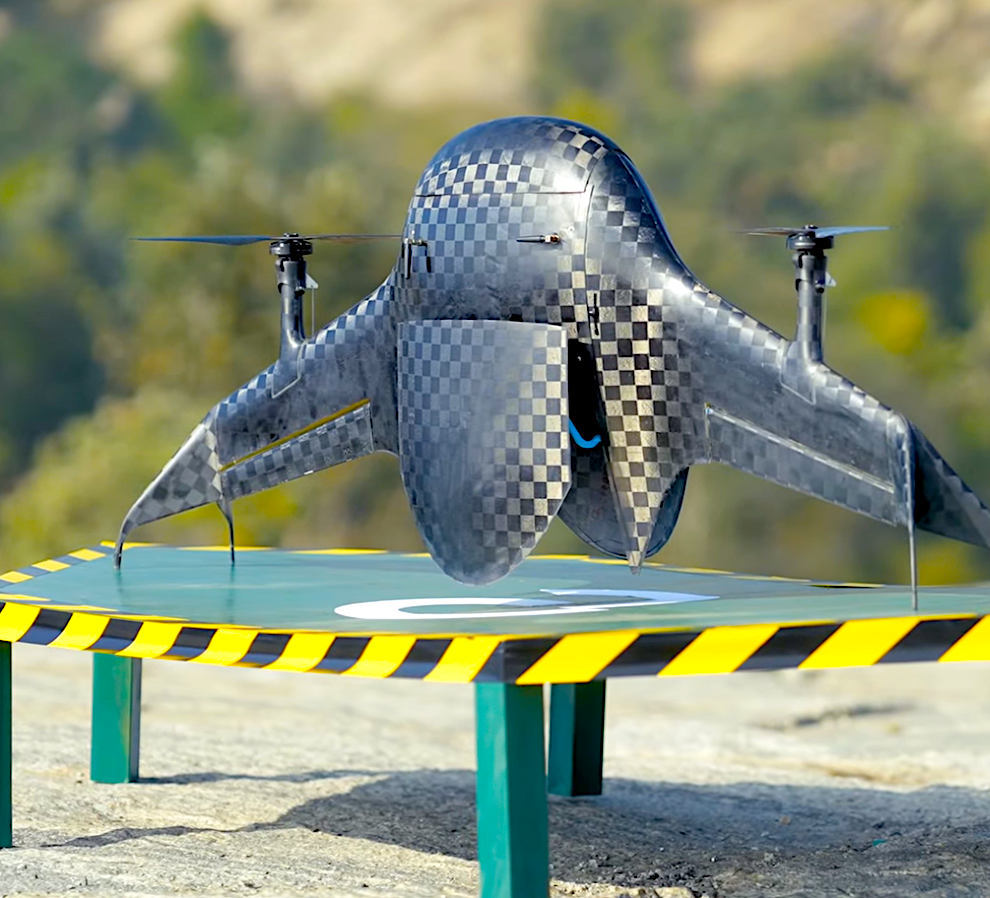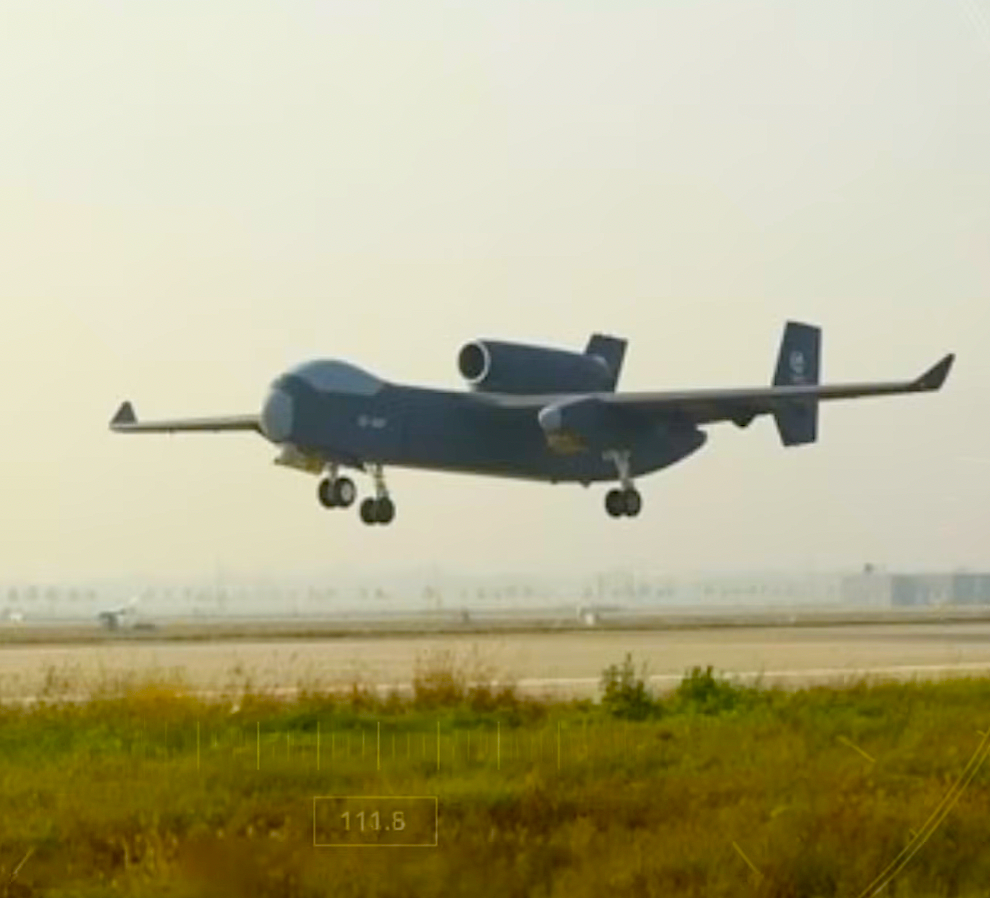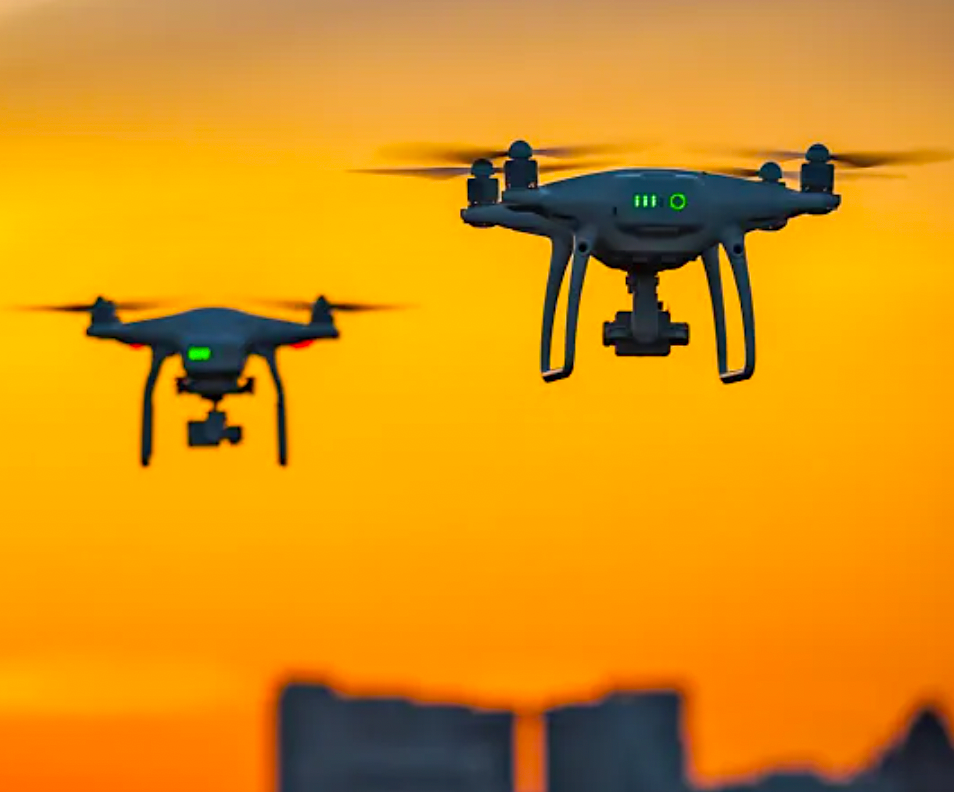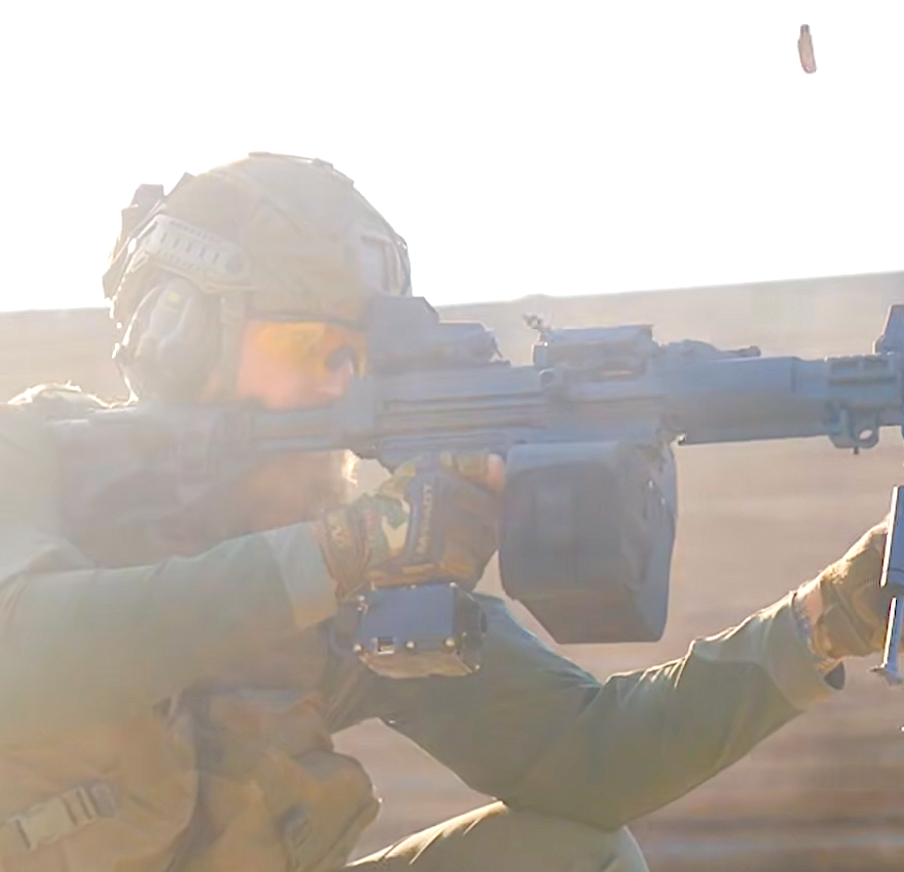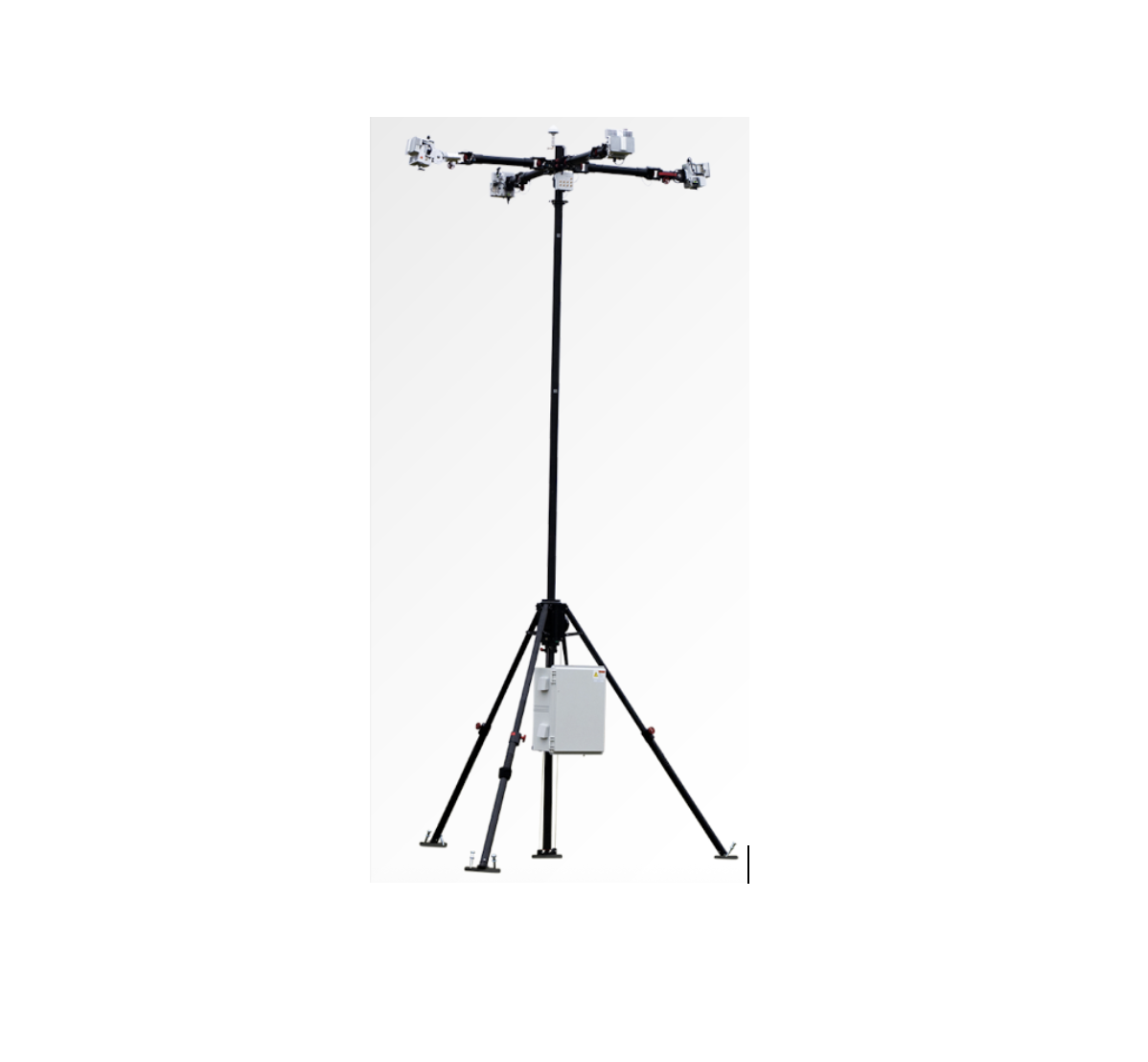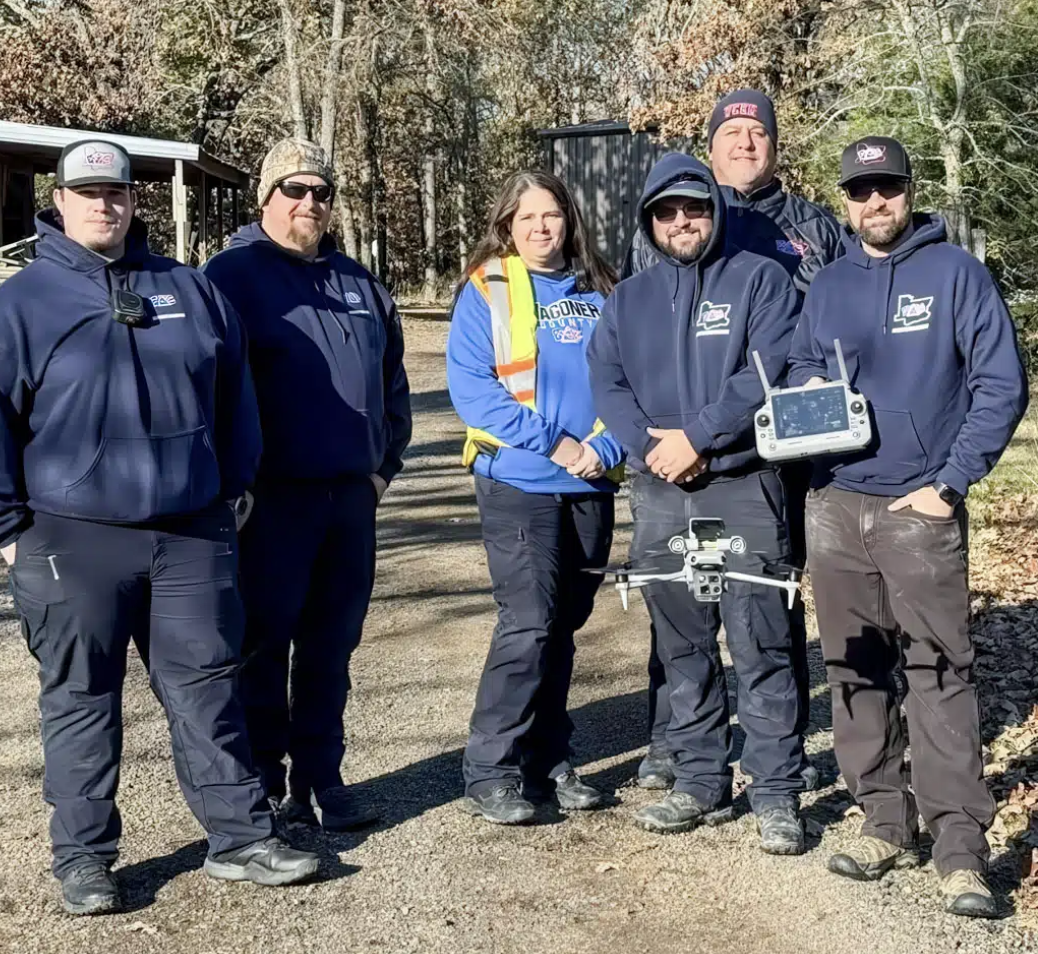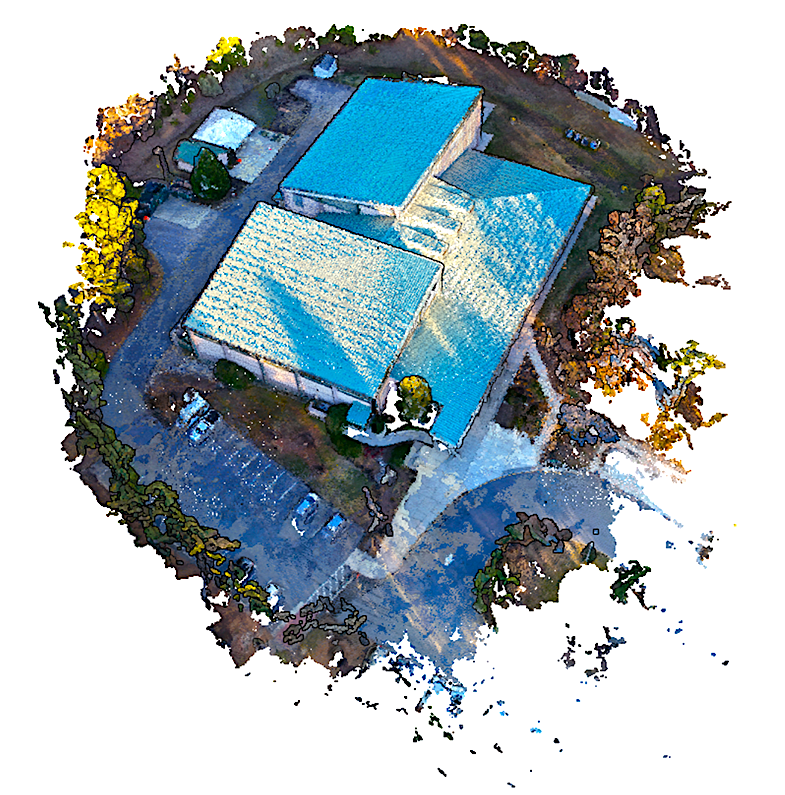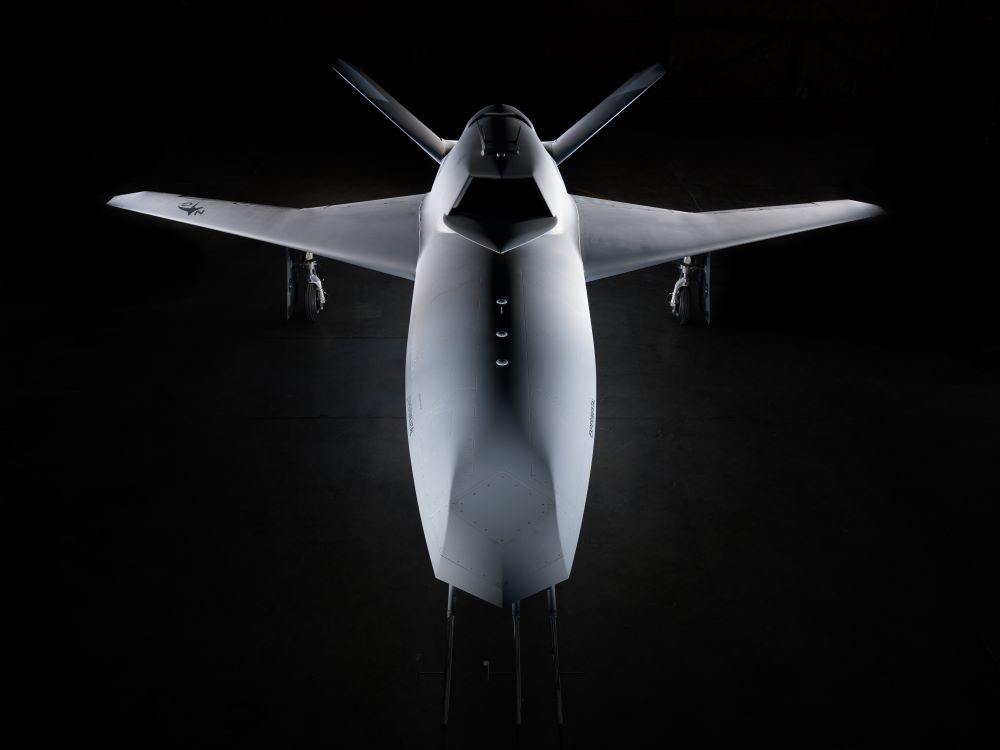Featured NewsTrending NewsDrone ThreatsRenegade Drone Pilots a Danger to First-Responders and Rescue Efforts
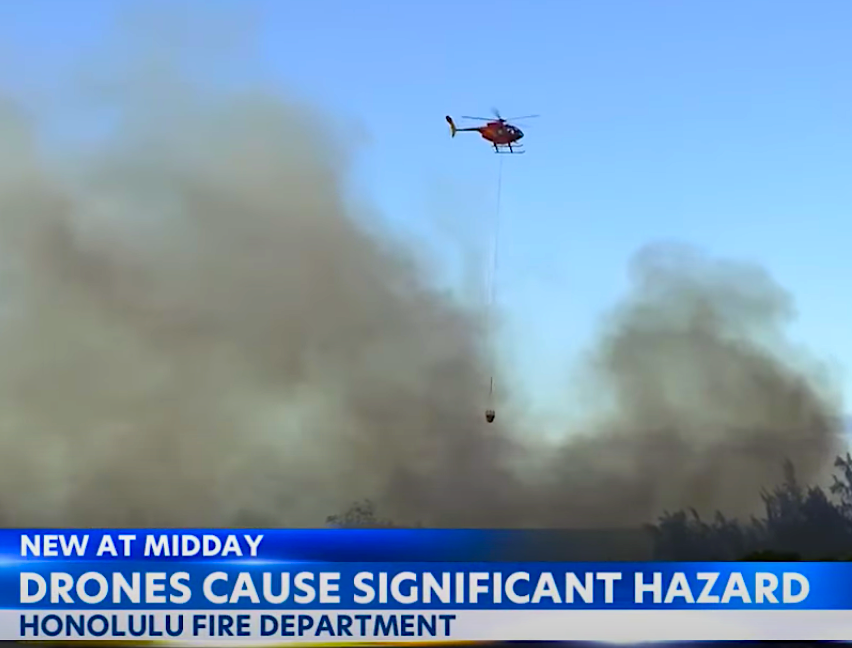
5 October 2022
In a scenario that is likely repeated across the globe, recreational-drone pilots are creating even more hazardous duties for the Honolulu Fire Department as the crews attempt rescue efforts.
“A lot of these recreational drones are small, so it becomes harder for us to see them, and it becomes a safety hazard for us," says Justin Sato, HFD helicopter pilot. "The biggest hazard is mid-air collisions. Any time we have a strike with a drone—at the minimum—we have to put down and assess that damage.“
The Federal Aviation Administration has warned drone pilots repeatedly to keep out of restricted air spaces—especially during rescue and fire-fighting operations. As a rule of thumb—as if one is needed, but here it is anyway—if you see first responders and/or emergency lights in your camera screen, you are too close to the action.
“Rogue drones in the area means that our air assets—such as helicopters and drones—cannot fly, cannot be operational, and cannot help, “ says HFD Drone Operator Micheal Mendez. "They can delay care for those in need, or prevent water drops to contain fires."
Violators of restricted air space can face fines totaling up to $37,000.
"Flying drones in restricted airspace is dangerous, and it can cost lives," says Daniel Puterbaugh of the FAA office in Hawaii.
